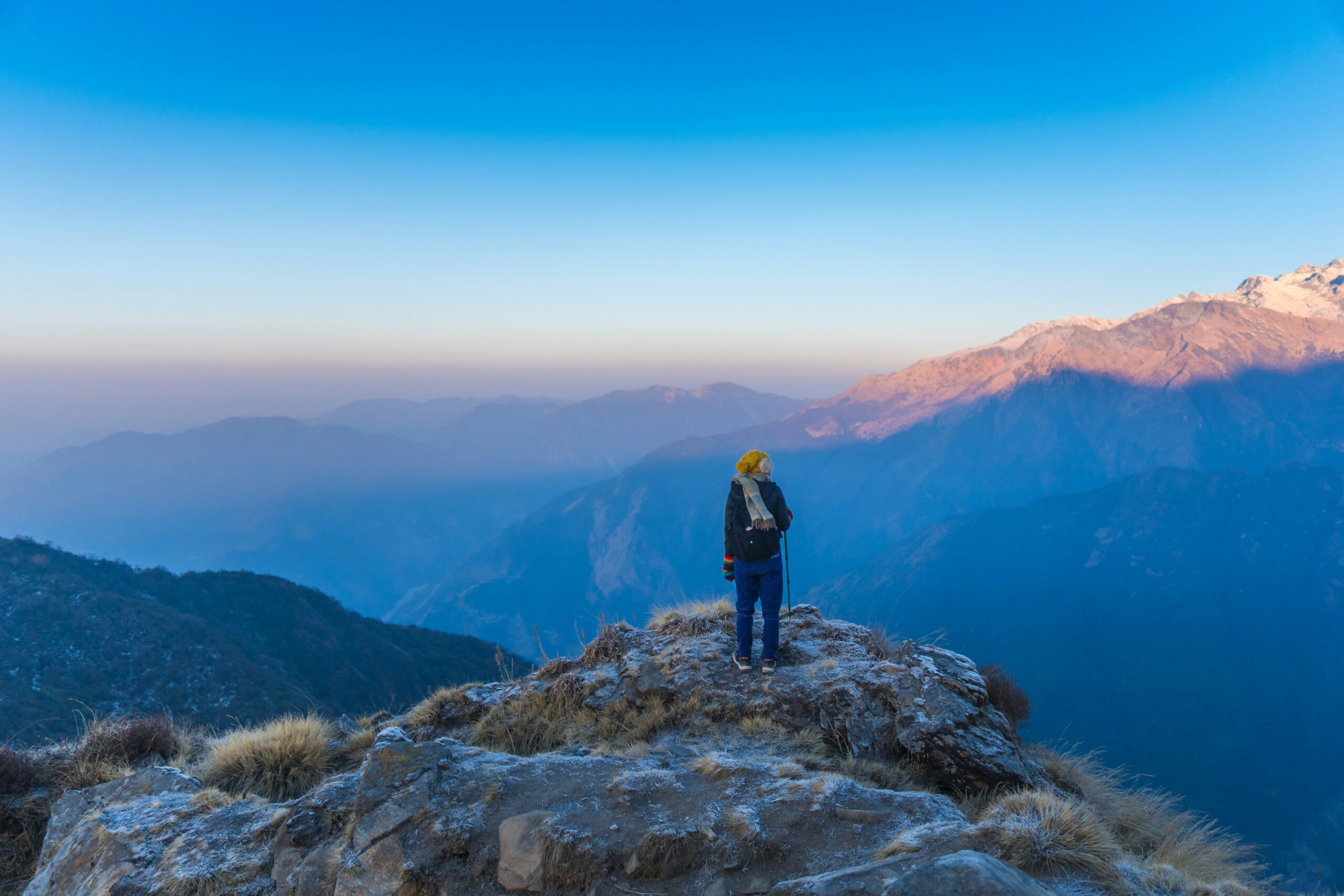
The Mardi Himal trek altitude is one of the most important things to understand before starting this beautiful journey. The trek is not very long, but it reaches a high point that can affect your body. Knowing about the altitude will help you stay safe and enjoy your trek more.
Mardi Himal is a hidden gem in the Annapurna region of Nepal. It is a quiet and peaceful trek that gives you amazing views of mountains like Machhapuchhre, Annapurna South, and Hiunchuli. The trail takes you through forests, ridges, and open landscapes. One of the highlights of the trek is reaching Mardi Himal Base Camp, which sits at a high altitude.
Highest Altitude on the Trek
The highest point of the Mardi Himal trek is Mardi Himal Base Camp, which is at an altitude of 4,500 meters (14,763 feet) above sea level. Most trekkers go up to High Camp, which is around 3,580 meters (11,745 feet). From there, they take a short but steep hike to the base camp and return.
This kind of altitude is high enough for some people to feel the effects of less oxygen. It is important to walk slowly and give your body time to adjust.
Starting Altitude
The trek usually starts from Kande, which lies at about 1,770 meters (5,807 feet). From here, you slowly gain height over the next few days. This gradual climb helps your body adjust to the increasing altitude.
The stops along the trail are usually:
-
Australian Camp – around 2,100 meters
-
Forest Camp – around 2,550 meters
-
Low Camp – around 2,970 meters
-
High Camp – around 3,580 meters
-
Mardi Himal Base Camp – 4,500 meters
How to Handle the Altitude
Even though the Mardi Himal trek altitude is not extreme like Everest Base Camp, it still requires care. Some people may feel symptoms of altitude sickness after 3,000 meters. These can include headaches, dizziness, loss of appetite, and tiredness.
To avoid altitude problems:
-
Walk slowly
-
Drink plenty of water
-
Eat well
-
Rest when needed
-
Avoid alcohol
-
If you feel sick, do not climb higher
There is no need for oxygen or special gear, but you should listen to your body. If symptoms get worse, the best thing is to go down to a lower altitude.
Is It Hard?
The Mardi Himal trek is considered moderate in difficulty. The trails are steep in some places, especially near High Camp and Base Camp. But you do not need to be an expert trekker. Many people with basic fitness complete it.
Since the altitude rises day by day, your body gets time to adjust. That is why this trek is suitable for people who want to experience high altitudes without going on a long or crowded trail.
Best Time to Go
The best seasons to trek Mardi Himal are spring (March to May) and autumn (September to November). During these times, the skies are clear, and the mountain views are at their best. The weather is also more stable, which is helpful when you reach higher altitudes.
Avoid the monsoon season (June to August), as the trail can be muddy and cloudy.
Final Thoughts
Understanding the Mardi Himal trek altitude is key to having a safe and enjoyable journey. The trek offers high-altitude adventure without being too difficult or long. With proper planning and care, you can enjoy some of the best views in the Annapurna region.
This trek is perfect for those who want to go high, avoid crowds, and see the beauty of the Himalayas up close.